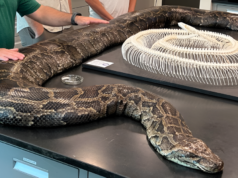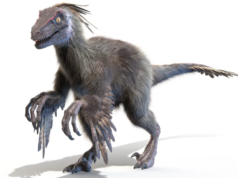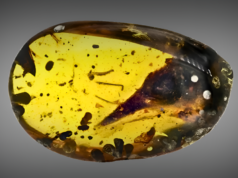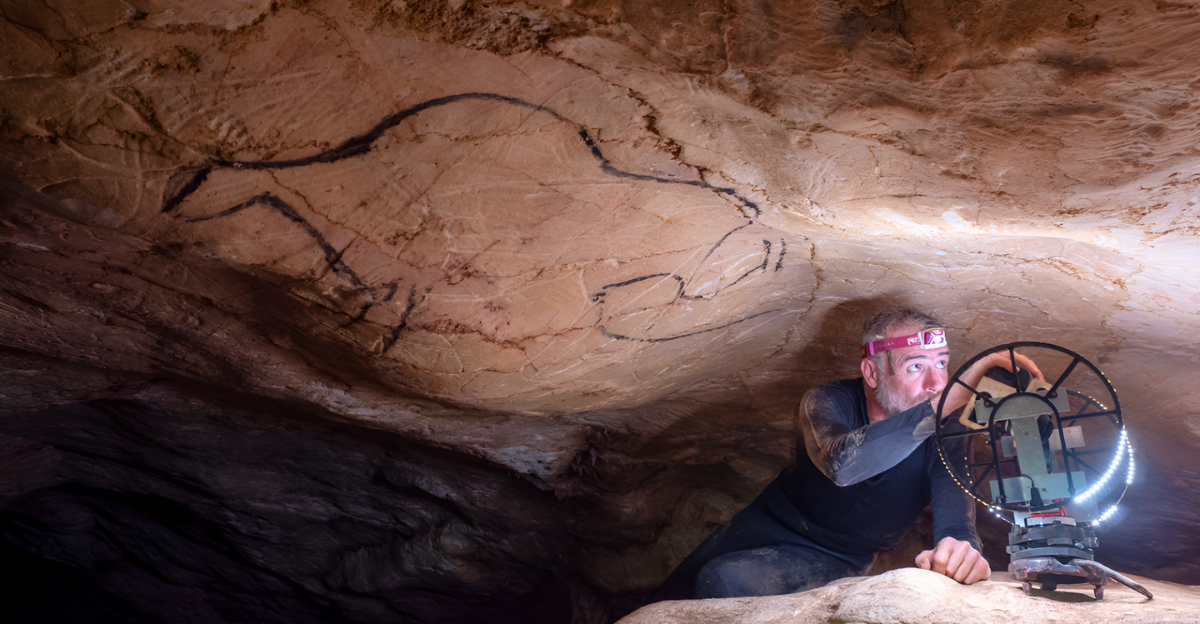
In a mostly undisturbed area in Paraiba, Brazil, a fascinating piece of history on Earth was uncovered. In the Serrote do Letreiro region, there was an unprecedented coincidence – 66 million-year-old dinosaur footprints were uncovered just meters away from petroglyphs that were much newer by comparison.
This is an important find for researchers, who’ve looked at the site again using drone technology after fifty years.
What Did They Find?
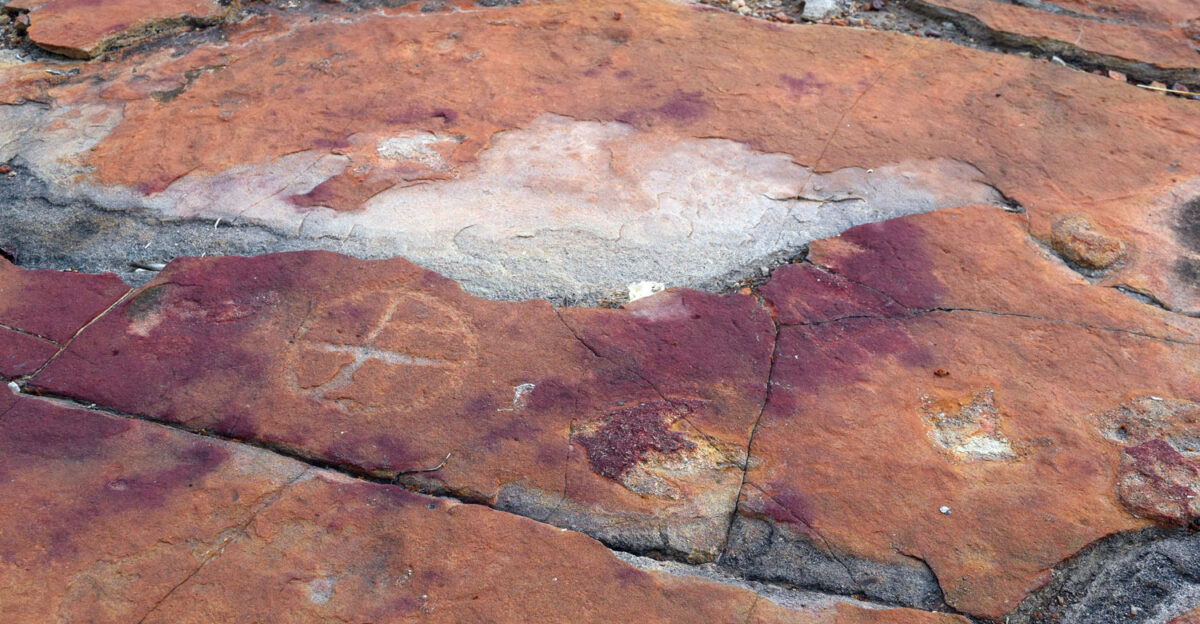
The petroglyphs found at the site were numerous, and mostly comprised of geometric shapes encompassed by circles. The petroglyphs were extremely close to the dinosaur tracks, just inches away.
The rock art is thought to have been carved out by prehistoric people who were hunter-gatherers. Given the proximity to the dinosaur footprints, it is likely that the shapes were carved there purposefully.
Context
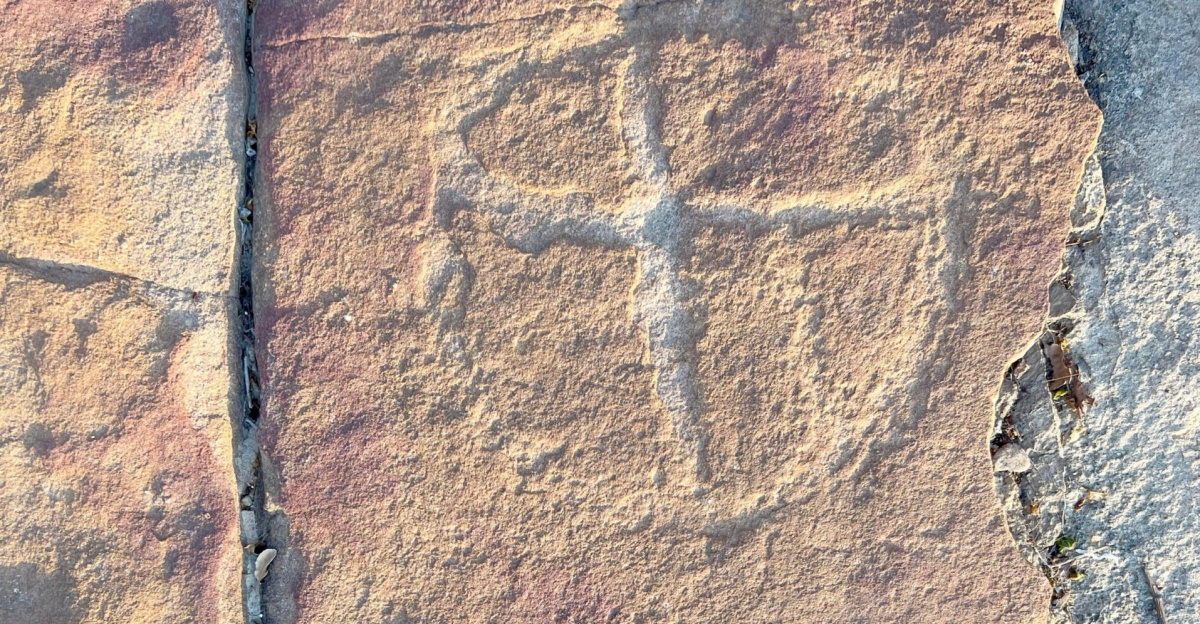
Since the rock art doesn’t comprise of any organic matter, radiocarbon dating cannot be utilized to determine its age. Instead, the petroglyphs were compared on their style in corellation to nearby sites.
Archaeologists who analyzed them put the carvings at somewhere between 9,400 and 2,620 years ago. They would have been created by ancient seminomadic groups living in the area.
The Importance Of The Location
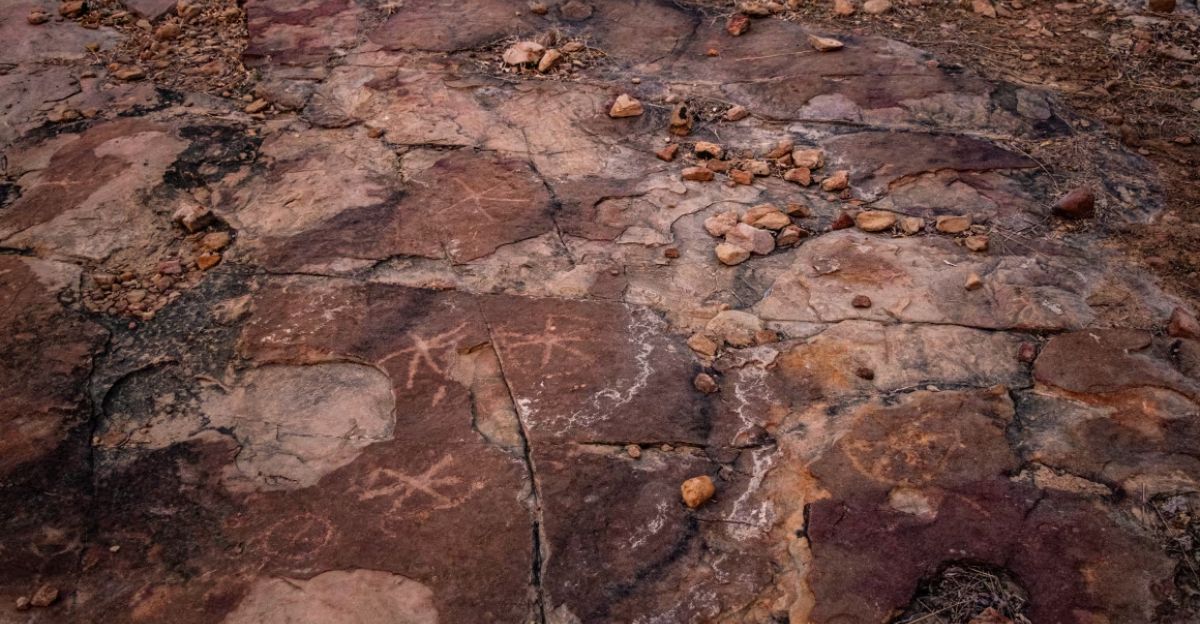
The site where the dinosaur tracks and varving was sits neatly in the Valley of the Dinosaurs. This area have been an important paleontological site for dinsaur footprints.
The bizarre case of the carvings being found is a very special find, implying that ancient people were likely inspired by the footprints and respected them since there was no damage done. According to Dr. Leonardo Troiano, the carvings’ location was purposefully chosen because of the tracks.
The Dinosaurs
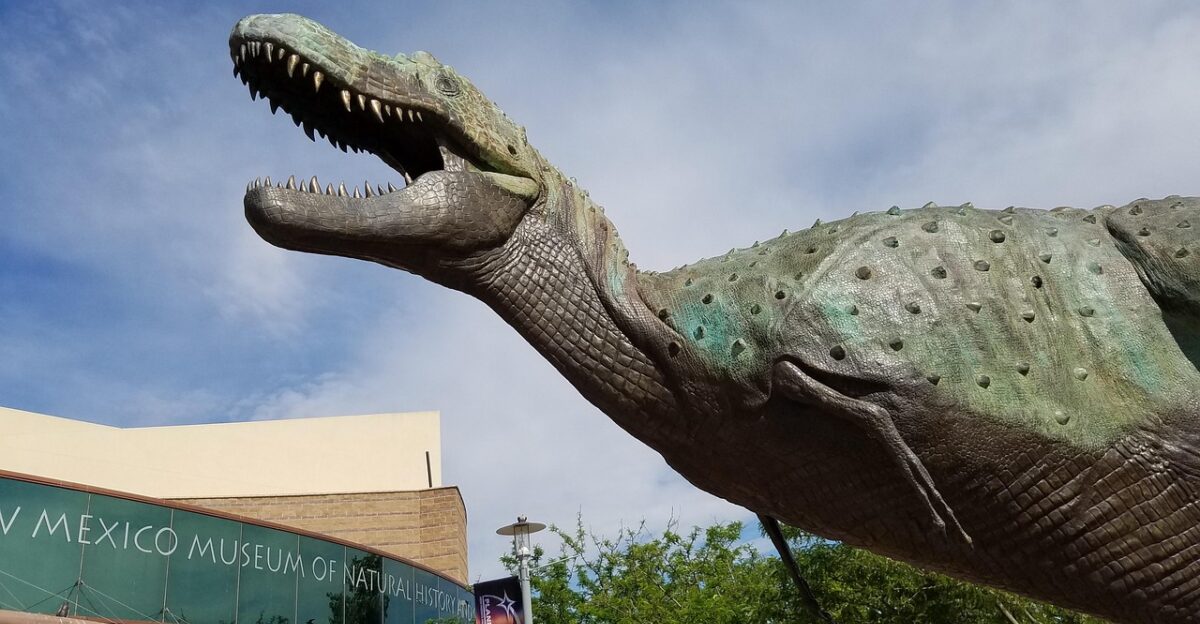
Looking at the tracks, paleontologists have determined that they belong to more than one dinosaur group. Many different dinosaurs would have moved over the area, including carnivorous theropods, sauropods, and ornithopods.
The hunter-gatherers could have mistaken the tracks for those of the modern flightless bird, the rhea. This could have made them somewhat recognizable at the time, despite the tracks truly being from dinosaurs.
The Artistic Value
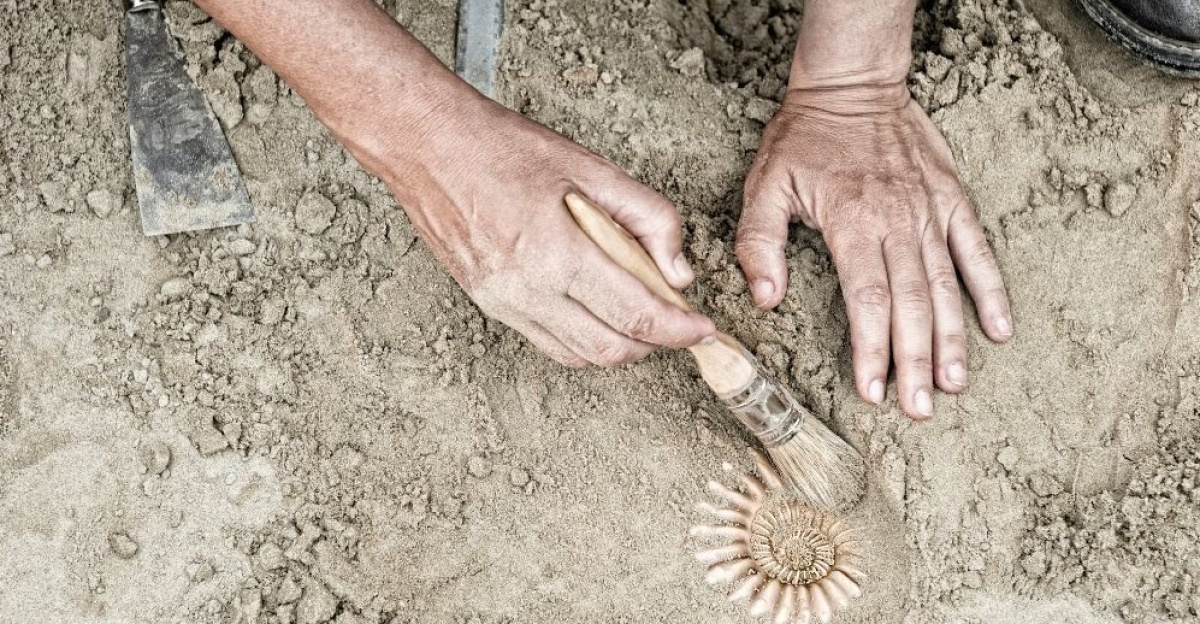
Researchers have studied the carvings, and found the ancient artistic value they hold. Two main techniques were used in their creating – perforation and scraping.
The hunter-gatherers would have used stone hammers to perforate the rock, creating stippling, and stones to scrape the artwork to create engravings. These techniques created art that lasted thousands of years.
Their Meaning
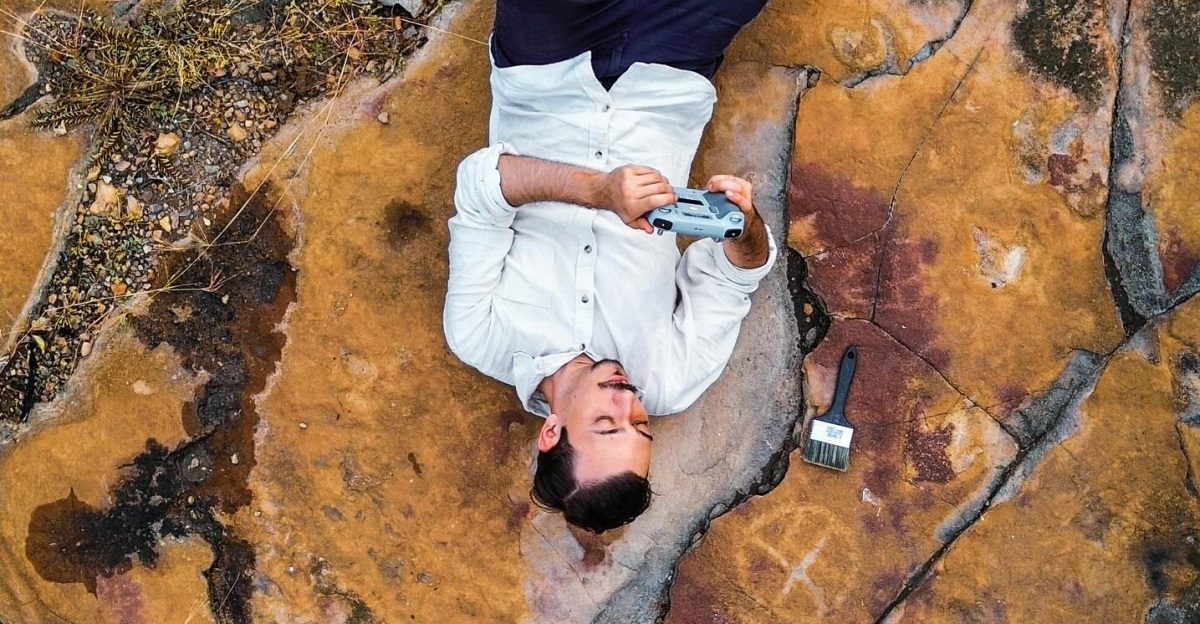
The only people who could tell us what the rock art truly meant have been gone for thousands of years, but researchers have tried to extrapolate their meaning.
Those who examined the carvings think that they could have been part of ritual behavior or symbolic meaning. Dr. Troiano, a Brazilian archaeologist and heritage consultant, has suggested that they were inspired by the footprints and were used as a spiritual practice or part of a ceremony.
Implications
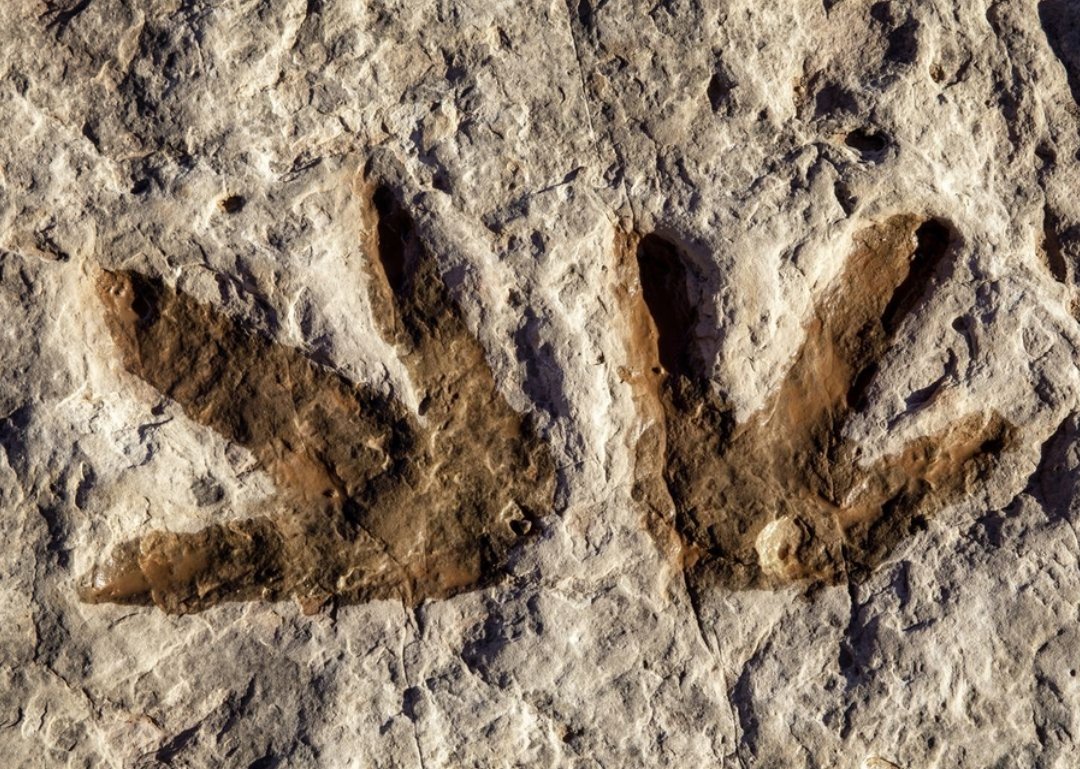
While in isolation, the carvings and the footprints would still be a fascinating find, the direct correlation of the two has fueled theories of early humans and the obsession with the unknown.
It highlights that ancient people would have observed the world around them with curiosity and drawn inspiration, even from aspects of the world that were a mystery.
Similar Sites
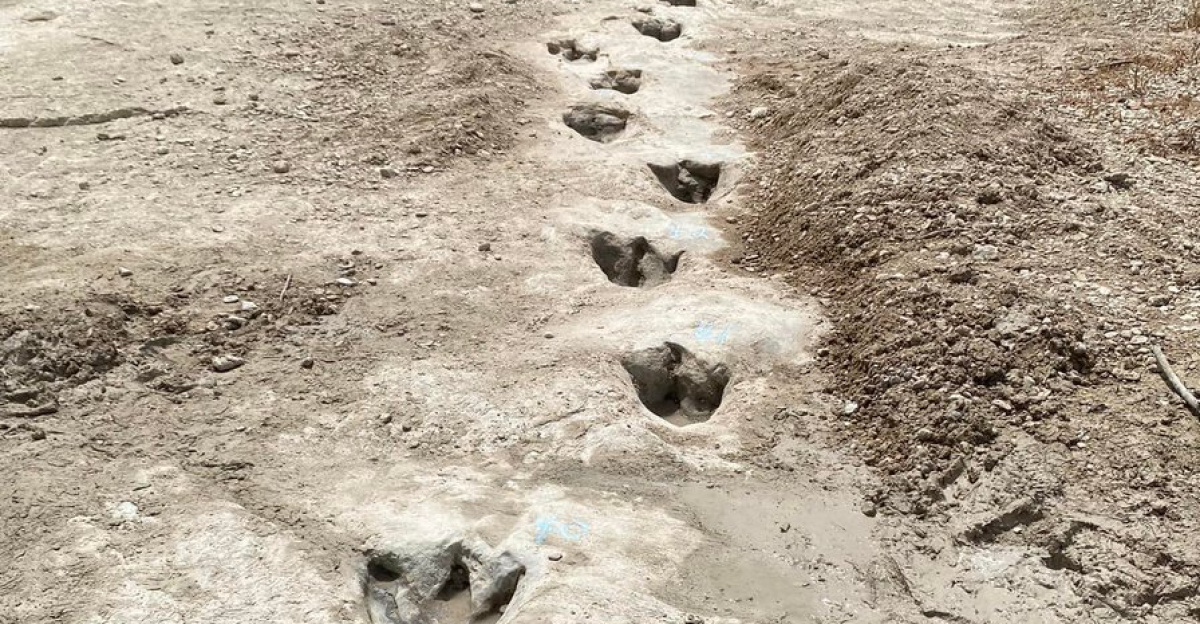
While the world does have some examples of rock art in proximity to dinosaur tracks, like in Australia, Poland, and the United States, the distance that the carvings sit from the tracks in Brazil is unique.
Intentions can be deduced much more easily and are an important find for future insight into ancient cultures.
A Window Into The Ancient World
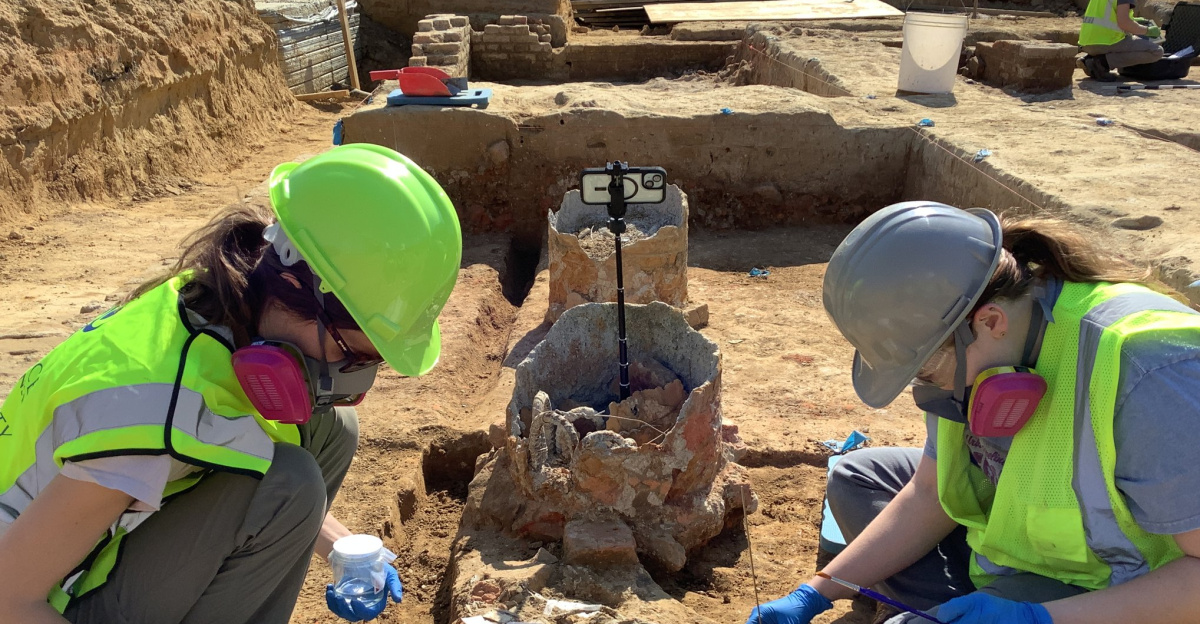
According to the report in Scientific Papers and the research team that analyzed the site, this finding combines the nature of both paleontology and archaeology.
Thanks to the tireless efforts of the research team comprised by both paleontologists and archaeologists including Leonardo P. Troiano, Heloísa B. dos Santos, Tito Aureliano, and Aline M. Ghilardi, we can get a window in the ancient world and how early humans looked into the past. It is unlikely that the carvings were made in isolation without noticing the tracks just inches away.


